Introduction
Lactose intolerance has prompted the emergence of both a multiple-century long tradition as well as a remarkable innovation in the world of dairy – lactose-free cheese. This transformation from lactose-laden milk to lactic acid-rich cheese offers a fascinating journey through the science and traditional artistry of cheese production. Among these lactose-free wonders, Swiss cheese shines as an exceptional example of this process.
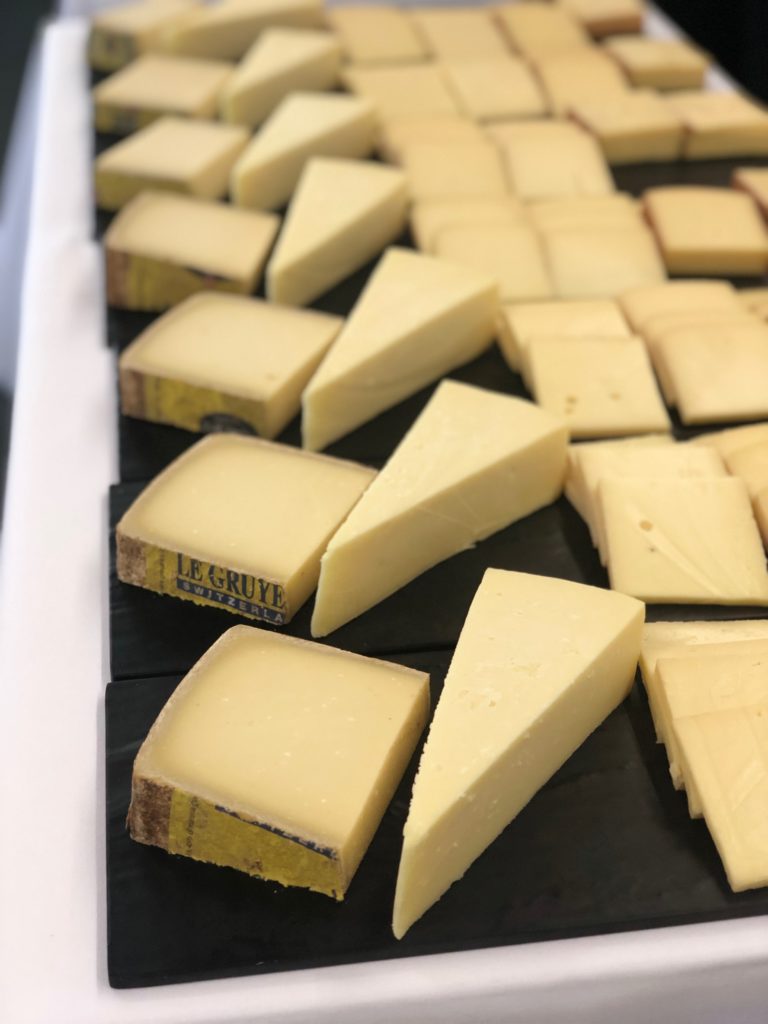
The Cheese-Making Alchemy
The foundation of lactose-free cheese production lies in the biochemical pathways that unfold during the transformation of milk sugars (lactose) into lactic acid. This magical conversion is orchestrated by microorganisms, mainly lactic acid bacteria (LAB), which are integral to both cheese production and ripening. Swiss cheese, known for its distinctive holes and nutty flavor, takes center stage in this lactose-free narrative.
The journey begins with the curdling of milk, cream, or partially skimmed buttermilk, often sourced from cows, goats, sheep, and even water buffalo. Lactic acid bacteria, the unsung heroes of this process, play a pivotal role. During fermentation, they metabolize the lactose in milk, breaking it down into lactic acid. This transformative step not only alters the taste and texture of the cheese but also reduces its lactose content, making it a viable option for lactose-intolerant individuals.
The Swiss Cheese Symphony
Swiss cheese, celebrated for its distinctively sweet and nutty flavor, undergoes a unique maturation process that further enhances its lactose-free profile. As the cheese matures, the lactic acid content continues to evolve, contributing to the rich flavors and textures that Swiss cheese enthusiasts adore. The intricate dance between microorganisms and the chemical composition of the cheese results in a harmonious symphony of taste and texture, while the lactose content diminishes. After approximately 3 months of maturation, these cheeses naturally no longer contain lactose.
Modern Science Meets Tradition
In the realm of lactose-free dairy products, technological advancements have enabled the creation of lactose-free cheese through various methods. Enzymatic hydrolysis using β-galactosidase (lactase), chromatographic removal of lactose, and milk fractionation through membrane separation are some of the key techniques used. These methods, combined with modern detection technology, have paved the way for the production of high-quality lactose-free cheese.
Conclusion
The evolution of cheese, from the ancient craft of cheese-making to the cutting-edge science of lactose-free production, is a testament to both human ingenuity and innovation. The journey from milk sugars to lactic acid-rich Swiss cheese showcases the artistry and chemistry behind the scenes. As the world embraces dietary diversity and inclusivity, lactose-free cheese, with its natural transformation process, remains a delectable and nutritious option for all, including those with lactose intolerance. So, indulge in the richness of Swiss cheese, and savor the intricate interplay of flavors born from the alchemical marriage of milk sugars and lactic acid.
References:
- A Review on the General Cheese Processing Technology, Flavor Biochemical Pathways and the Influence of Yeasts in Cheese
- Cheesy Science – American Chemical Society
- Lactose-Free Dairy Products – an overview
Shop naturally lactose free cheese
-
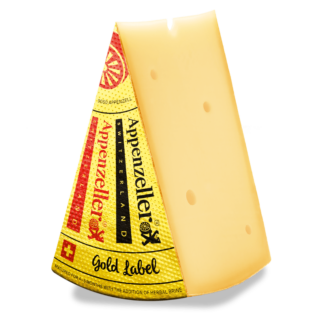 Appenzeller – Gold Label$87.90 kg
Appenzeller – Gold Label$87.90 kg -
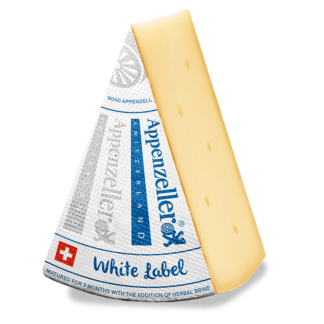 Appenzeller Rahmkäse – White Label$77.70 kg
Appenzeller Rahmkäse – White Label$77.70 kg -
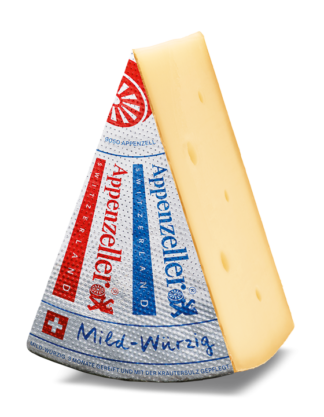 Appenzeller Classic ‘Mildly Spicy’$78.60 kg
Appenzeller Classic ‘Mildly Spicy’$78.60 kg -
 Gruyère AOP Classic$69.90 kg
Gruyère AOP Classic$69.90 kg -
 Gruyère AOP Réserve 10+ months$89.00 kg
Gruyère AOP Réserve 10+ months$89.00 kg -
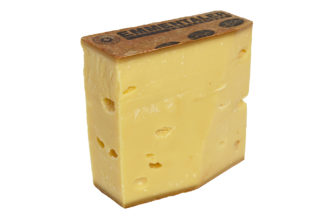 Sélection Beeler Swiss Emmentaler AOP$116.00 kg
Sélection Beeler Swiss Emmentaler AOP$116.00 kg -
 Swiss Emmentaler AOP$64.70 kg
Swiss Emmentaler AOP$64.70 kg -
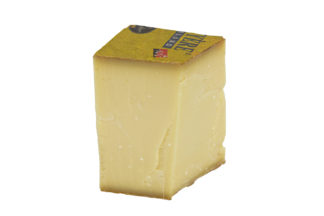 Sélection Beeler Gruyère AOP 18 months$112.00 kg
Sélection Beeler Gruyère AOP 18 months$112.00 kg
See all our products with the health classification ‘lactose free’.

